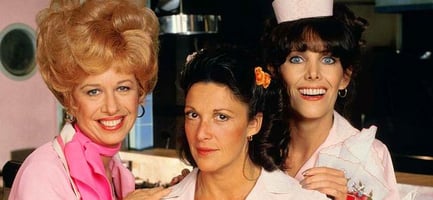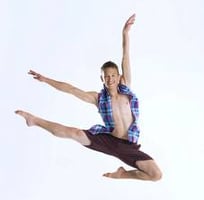When Kelly Clarkson belts out this haunting tune, my heart breaks. I can honestly feel her pain....
Wake Me Up
It seems that the COVID pandemic has brought out some interesting (safe word) binge-watching choices. And while no judgment is being passed (ok, likely a mild form of it is but it will not appear in this blog), the choices made in the Baldino household has run the gamut. Walking into the family room might find “The West Wing” or “Jane the Virgin” or “New Girl” on full display. And while I get ready to re-watch “The Mandalorian” Season 1, there is one show that was on quite often that did surprise me – “Avatar: The Last Airbender.”
Netflix offered this aminated series and, apparently, many watched. The child hero, Aang, destined to unite the various tribes and kingdoms at conflict was not quite ready to do so upon waking up from his deep freeze. While not spoiling the adventure for you, Aang spends much of his time training and developing while having adventures along the way.
Often the training and development combo is thrown out there together, but most times, the distinction between the two is misunderstood. In its simplest form, training is about learning and practicing a specific skill or technique, usually to perform a task or to complete a job. Development is about more holistic growth for an individual, inclusive of a training regimen.
A baseball player, for example, can train to get better at hitting. Physically, the stance can be altered, the grip can be changed, the hip motion can be addressed, all under specific repetitive training sessions. The batter will be tasked with applying these new approaches to each up at the plate, and to do so, the batter will need to practice these skill improvement recommendations. This is the heart of training – what is something new to know, something additional to get better at what I know or what I do, and something that will improve my performance.
However, becoming better at batting does not make a better overall baseball player. Yes, in part, that player may get better in a specific area, but the development of the whole person as a better ball player will be found in the application of many areas of training as well as in the non-physical approach to the game. Knowing and understand the philosophy of various baseball strategies, being able to determine an opposing team’s choice of strategy, being able to predict plays and how to best play offensively and defensively are all developmental growth opportunities. Certainly, there will be training involved in the developmental process, but the rest of the growth comes through an expansion of critical thinking and viable application of relevant and timely competencies.
The experiences a person has to apply the philosophical considerations and tactical trainings will forge a path to development. In a business context, there can be a shortsightedness to expect training to concurrently lead to development. It is an unrealistic expectation that can frustrate managers when they don’t see the “full return” for the training offered. Challenge the premise rather than the training, frankly. We see various anti-sexual harassment training completed by tens of thousands of employees, for example, and yet we do not have fully developed individuals putting that training into effect. Merely completing the training may not affect the outcomes desired.
Aang had to train to get better at the four bending disciplines. He practiced, learned new techniques, tweaked some hand motions and watched those better than he for pointers. These areas were important, but it also took realistic job preview moments to solidify the mental and emotional components necessary for his development into the Avatar. Training, yes. Development, more yes. Yip Yip!



Blog comments